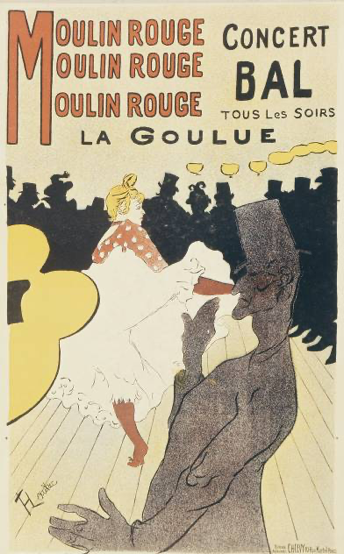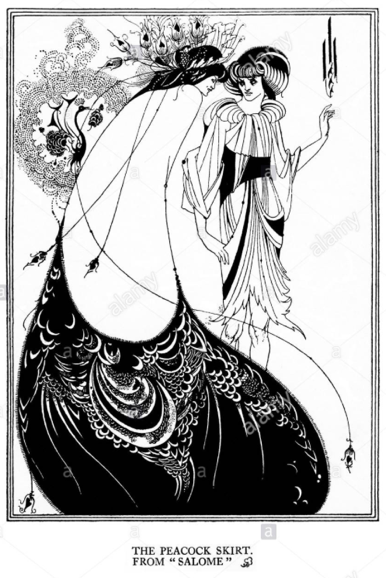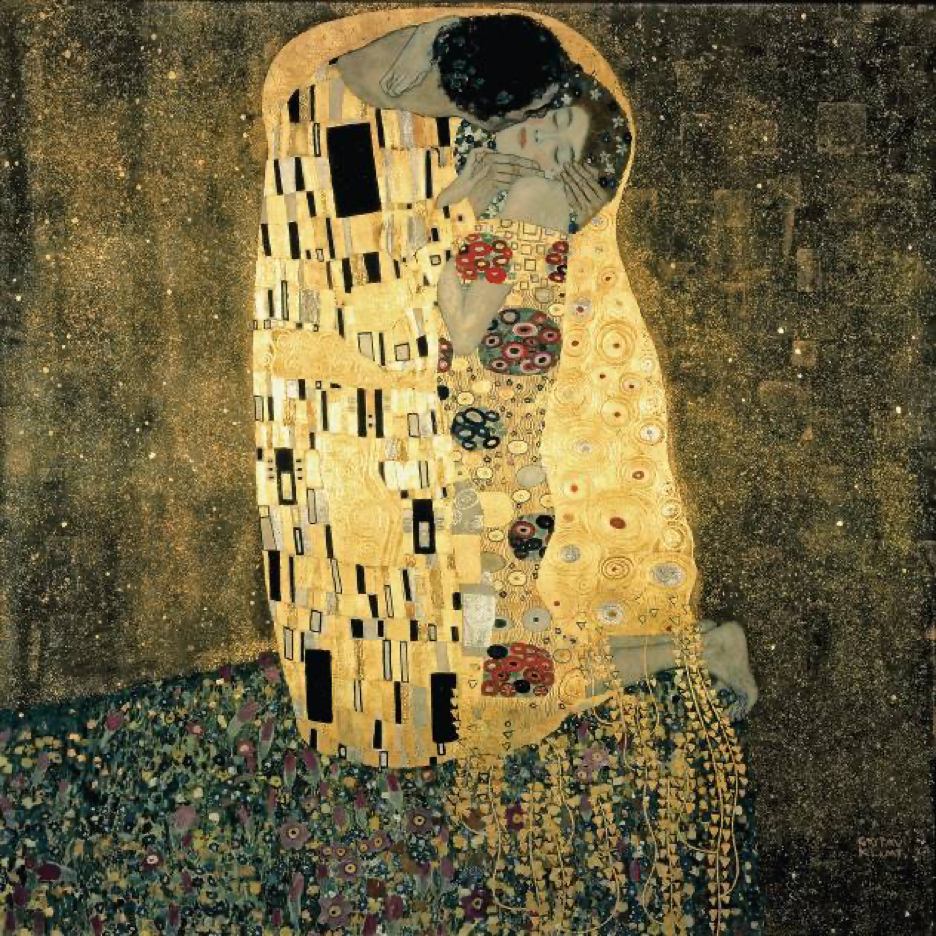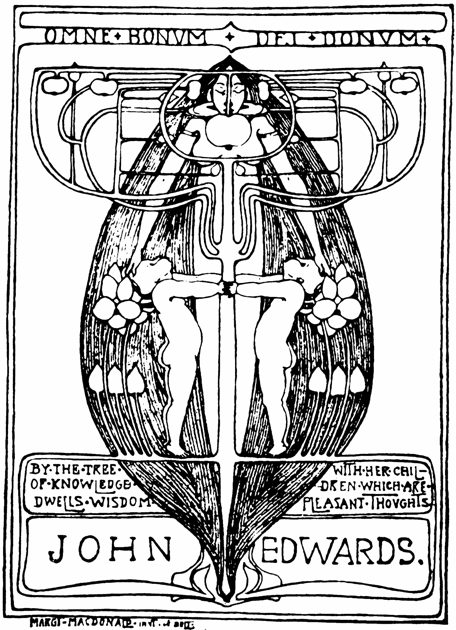15: Europe in the Late 1800s
- Page ID
- 219618
\( \newcommand{\vecs}[1]{\overset { \scriptstyle \rightharpoonup} {\mathbf{#1}} } \)
\( \newcommand{\vecd}[1]{\overset{-\!-\!\rightharpoonup}{\vphantom{a}\smash {#1}}} \)
\( \newcommand{\id}{\mathrm{id}}\) \( \newcommand{\Span}{\mathrm{span}}\)
( \newcommand{\kernel}{\mathrm{null}\,}\) \( \newcommand{\range}{\mathrm{range}\,}\)
\( \newcommand{\RealPart}{\mathrm{Re}}\) \( \newcommand{\ImaginaryPart}{\mathrm{Im}}\)
\( \newcommand{\Argument}{\mathrm{Arg}}\) \( \newcommand{\norm}[1]{\| #1 \|}\)
\( \newcommand{\inner}[2]{\langle #1, #2 \rangle}\)
\( \newcommand{\Span}{\mathrm{span}}\)
\( \newcommand{\id}{\mathrm{id}}\)
\( \newcommand{\Span}{\mathrm{span}}\)
\( \newcommand{\kernel}{\mathrm{null}\,}\)
\( \newcommand{\range}{\mathrm{range}\,}\)
\( \newcommand{\RealPart}{\mathrm{Re}}\)
\( \newcommand{\ImaginaryPart}{\mathrm{Im}}\)
\( \newcommand{\Argument}{\mathrm{Arg}}\)
\( \newcommand{\norm}[1]{\| #1 \|}\)
\( \newcommand{\inner}[2]{\langle #1, #2 \rangle}\)
\( \newcommand{\Span}{\mathrm{span}}\) \( \newcommand{\AA}{\unicode[.8,0]{x212B}}\)
\( \newcommand{\vectorA}[1]{\vec{#1}} % arrow\)
\( \newcommand{\vectorAt}[1]{\vec{\text{#1}}} % arrow\)
\( \newcommand{\vectorB}[1]{\overset { \scriptstyle \rightharpoonup} {\mathbf{#1}} } \)
\( \newcommand{\vectorC}[1]{\textbf{#1}} \)
\( \newcommand{\vectorD}[1]{\overrightarrow{#1}} \)
\( \newcommand{\vectorDt}[1]{\overrightarrow{\text{#1}}} \)
\( \newcommand{\vectE}[1]{\overset{-\!-\!\rightharpoonup}{\vphantom{a}\smash{\mathbf {#1}}}} \)
\( \newcommand{\vecs}[1]{\overset { \scriptstyle \rightharpoonup} {\mathbf{#1}} } \)
\( \newcommand{\vecd}[1]{\overset{-\!-\!\rightharpoonup}{\vphantom{a}\smash {#1}}} \)
\(\newcommand{\avec}{\mathbf a}\) \(\newcommand{\bvec}{\mathbf b}\) \(\newcommand{\cvec}{\mathbf c}\) \(\newcommand{\dvec}{\mathbf d}\) \(\newcommand{\dtil}{\widetilde{\mathbf d}}\) \(\newcommand{\evec}{\mathbf e}\) \(\newcommand{\fvec}{\mathbf f}\) \(\newcommand{\nvec}{\mathbf n}\) \(\newcommand{\pvec}{\mathbf p}\) \(\newcommand{\qvec}{\mathbf q}\) \(\newcommand{\svec}{\mathbf s}\) \(\newcommand{\tvec}{\mathbf t}\) \(\newcommand{\uvec}{\mathbf u}\) \(\newcommand{\vvec}{\mathbf v}\) \(\newcommand{\wvec}{\mathbf w}\) \(\newcommand{\xvec}{\mathbf x}\) \(\newcommand{\yvec}{\mathbf y}\) \(\newcommand{\zvec}{\mathbf z}\) \(\newcommand{\rvec}{\mathbf r}\) \(\newcommand{\mvec}{\mathbf m}\) \(\newcommand{\zerovec}{\mathbf 0}\) \(\newcommand{\onevec}{\mathbf 1}\) \(\newcommand{\real}{\mathbb R}\) \(\newcommand{\twovec}[2]{\left[\begin{array}{r}#1 \\ #2 \end{array}\right]}\) \(\newcommand{\ctwovec}[2]{\left[\begin{array}{c}#1 \\ #2 \end{array}\right]}\) \(\newcommand{\threevec}[3]{\left[\begin{array}{r}#1 \\ #2 \\ #3 \end{array}\right]}\) \(\newcommand{\cthreevec}[3]{\left[\begin{array}{c}#1 \\ #2 \\ #3 \end{array}\right]}\) \(\newcommand{\fourvec}[4]{\left[\begin{array}{r}#1 \\ #2 \\ #3 \\ #4 \end{array}\right]}\) \(\newcommand{\cfourvec}[4]{\left[\begin{array}{c}#1 \\ #2 \\ #3 \\ #4 \end{array}\right]}\) \(\newcommand{\fivevec}[5]{\left[\begin{array}{r}#1 \\ #2 \\ #3 \\ #4 \\ #5 \\ \end{array}\right]}\) \(\newcommand{\cfivevec}[5]{\left[\begin{array}{c}#1 \\ #2 \\ #3 \\ #4 \\ #5 \\ \end{array}\right]}\) \(\newcommand{\mattwo}[4]{\left[\begin{array}{rr}#1 \amp #2 \\ #3 \amp #4 \\ \end{array}\right]}\) \(\newcommand{\laspan}[1]{\text{Span}\{#1\}}\) \(\newcommand{\bcal}{\cal B}\) \(\newcommand{\ccal}{\cal C}\) \(\newcommand{\scal}{\cal S}\) \(\newcommand{\wcal}{\cal W}\) \(\newcommand{\ecal}{\cal E}\) \(\newcommand{\coords}[2]{\left\{#1\right\}_{#2}}\) \(\newcommand{\gray}[1]{\color{gray}{#1}}\) \(\newcommand{\lgray}[1]{\color{lightgray}{#1}}\) \(\newcommand{\rank}{\operatorname{rank}}\) \(\newcommand{\row}{\text{Row}}\) \(\newcommand{\col}{\text{Col}}\) \(\renewcommand{\row}{\text{Row}}\) \(\newcommand{\nul}{\text{Nul}}\) \(\newcommand{\var}{\text{Var}}\) \(\newcommand{\corr}{\text{corr}}\) \(\newcommand{\len}[1]{\left|#1\right|}\) \(\newcommand{\bbar}{\overline{\bvec}}\) \(\newcommand{\bhat}{\widehat{\bvec}}\) \(\newcommand{\bperp}{\bvec^\perp}\) \(\newcommand{\xhat}{\widehat{\xvec}}\) \(\newcommand{\vhat}{\widehat{\vvec}}\) \(\newcommand{\uhat}{\widehat{\uvec}}\) \(\newcommand{\what}{\widehat{\wvec}}\) \(\newcommand{\Sighat}{\widehat{\Sigma}}\) \(\newcommand{\lt}{<}\) \(\newcommand{\gt}{>}\) \(\newcommand{\amp}{&}\) \(\definecolor{fillinmathshade}{gray}{0.9}\)Introduction
A new creative freedom begins with A Burial at Ornans and evolves with the French Realist painters and those who follow. We look at the work of Manet and see the start of treating the canvas as a flat plane with color added. That concept of flattening the visual field will be explored with an emphasis on color, shape, and composition. External influences like the imported prints from Japan will also open up new ways of representing shapes and forms. It is an exciting time in art as Europe races towards the new century with people either feeling thrilled with the energy and new technologies or overwhelmed by the increased speed by which the world is changing. Techniques in painting change because of the studies of color theory and the industrial application of tubes for paint. Paint in tubes allows artists to more effectively paint outside the studio since the tubes are portable. In previous centuries, art styles evolved slowly, sometimes taking 100 years to be adopted across Europe. During this era, we see styles emerging and lasting for decades rather than centuries. Art Nouveau emerges through the work of Alphonse Mucha and gains much popularity around 1890, but by 1910 it is loosing popularity. We are soon to see a rapid move to modern concepts and the exploration of new directions in art. Manifestos are written pushing ideas about the functions of visual art and challenging traditional concepts. William Morris will advocate for quality in art and architecture rather than poorly mass-produced works. In Glasgow and Vienna, new styles emerge as well in response to the Arts and Crafts Movement by Morris. Impressionist painting evolves into Post-Impressionism exploring dramatic applications of paint and subjects. The most popular paintings of all time are created by Impressionists and Post-Impressionist artists such as Renoir and Vincent Van Gogh. It is all leading up to the 20th century Modern Movement that will revolutionize art as we know it.

Mont Sainte-Victoire, 1885-87 Paul Cézanne

Still Life With Apples in a Bowl, 1879-83, Paul Cézanne

Mont Sainte-Victoire Seen From Bibemus Quarry, 1897-1900, Paul Cézanne
With the paintings of Cézanne, we see a continuation of Manet's flattening of the canvas by use of color. Note the color (hue) intensity, and values become more and more similar in Cézanne's paintings as the decades progress. This move away from traditional ways of painting still-life, landscapes, and portraits moves visual art forward towards a new, modern interpretation of representing form. Painting in the open air, outdoors, continues with the work of the Impressionists and Post-Impressionists.
https://www.youtube.com/watch?v=MFdliclkdlE
https://www.youtube.com/watch?v=n3m9nNomPOE

A Sunday Afternoon on the Island of La Grande Jatte, 1884-86 Georges Seurat


Georges Seurat (1859-1891)
Known for Pointillism:
Pointillism is a technique of Post-Impressionist painting using tiny dots of various pure colors, which become blended in the viewer's eye. It was developed by Seurat with the aim of producing a greater degree of luminosity and brilliance of color. Although technically not a grid, there is a systematic application of the tiny dots of color creating a similar organized rhythm within the painting.

La Goulue, 1891 Henri de Toulouse-Lautrec

At the Moulin Rouge, 1892-85 Henri de Toulouse-Lautrec
Henri de Toulouse-Lautrec gains fame for his creative approaches to graphic posters that were displayed all around Paris. These advertised the popular entertainment establishment the Moulin Rouge. La Goulue poster features two famous dancers who are featured in an upcoming event. It demonstrates Toulouse-Lautrec's creative use of positive and negative space, and the use of sans serif text, a very modernist approach for 1891. Sans serif text usage in printed materials will become an important component in modern graphic design because of the simplicity and legibility (form and function). The font Universal will be developed during the De Stijl movement of 1917 as an easily read and functional font, however, we see an early example of sans serif text with these posters.
Toulouse-Lautrec includes himself in the painting At the Moulin Rouge. Henri paints a rather depressing scene that reflects his heavy drinking and lifestyle.
https://www.youtube.com/watch?v=XLcbGHNFcpM
https://www.youtube.com/watch?v=f399l3ot12Y

The Potato Eaters, 1885 Vincent Van Gogh

Portrait of Père Tanguy, 1887-88 Van Gogh
The two paintings were both painted by the Dutch artist Van Gogh. Obviously both are significantly different! The first (dark) painting titled The Potato Eaters (Dutch: De Aardappeleters) is an oil painting painted in April 1885 in Nuenen, Netherlands. It is in the Van Gogh Museum in Amsterdam.
The second (bright) painting was created during a period when Van Gogh lived in France and shows the influence of the Post-Impressionist art style. Also, the painting shows bold brush strokes using complimentary colors side by side to increase luminosity.
Of course, in this case, the more you know about the context of these paintings by Van Gogh, the more you’ll be able to appreciate them.
https://www.youtube.com/watch?v=wk9L1N9bRRE
https://www.youtube.com/watch?v=p7-v3RvNjWw

Night Café, 1888 Vincent Van Gogh
While in Arles, Van Gogh painted the people and locales in a very natural manner. He was able to explore his own art style with freedom while in Arles. This was a most productive time for his works. Although he had difficulty being accepted by his contemporaries, and could not sell his paintings, he continued painting with the undying support of this brother Theo.

Starry Night, 1889 Vincent Van Gogh
Van Gogh had more difficulty controlling his emotions and mental mood swings. It is difficult to accurately diagnose his condition, but it led to his confinement in a mental assylum. It is here that he paints his Starry Night.
https://www.youtube.com/watch?v=ndwOgL3ZgCQ

The Vision After the Sermon, 1888 Paul Gauguin

Where Do We Come From? What Are We? Where Are We Going? 1897 Paul Gauguin
Gauguin and Van Gogh painted together in the south of France. They had a friendship but very different temperaments. Gauguin did not have the financial struggles of Van Gogh and eventually the two painters parted ways. Gauguin, having grown up traveling with his family to far off lands such as South America, desired to explore the exotic South Pacific and ended up in Tahiti. This is where he painted during his final years and eventually passed away.
https://artuk.org/discover/stories/the-tahitian-woman-behind-paul-gauguins-paintings
https://www.youtube.com/watch?v=y8lMRTJ5RAM

The Dream, 1910 Henri Rousseau
A self-trained artist who began painting later in life, Rousseau admired the hard edged painting style of Ingres. In The Dream, Rousseau includes exotic tropical plants inspired by his visits to the enclosed tropical botanical gardens in Paris. This Symbolist painting also includes references to sex with the reclining female nude in a setting with voyeuristic lions, a snake charmer, a phalic looking snake, and a rhino.
https://www.youtube.com/watch?v=tMV77M9NWGM

The Scream, 1893 Edvard Munch
Munch was friends with the Norwegian playwrights Henrik Ibsen and August Strindberg. His Symbolist paintings explored sexuality and psychology, just like the plays written by his friends. The Scream embodies the anxiety of the age where European life was changing at a rapid pace with new discoveries in science, medicine, and psychology were challenging conventional wisdom. Add to this the steam engine, electricity, internal combustion engines, and the exploration and experimentation of flight and you have a world turned upside down for many. Some people looked at the end of the 19th century as a time of dread, the fin de siècle. Munch captures that exact feeling in The Scream.
https://www.youtube.com/watch?v=xPb8y-f0jlE

Job, 1896, Alphone Mucha
https://www.youtube.com/watch?v=P7xaoxiKYoU

Salomé, 1892 Aubrey Beardsley Pen and Ink, 6" x 11"


The work by Aubrey Beardsley (right side) shows Japanese influence. He was notorious for drawing in pen and ink erotic and violent images that were very much in demand by the urbanites of the day, very much to the dismay of William Morris. William Morris challenged Beardsley by taking him to court over his copying of the Arts and Crafts style Morris developed. The Arts and Crafts style looked back to Medieval Europe for inspiration and a focus on quality and spiritual renewal in an age of industrialized products that were often inferior. Beardsley took this style and changed the context 180 degrees upsetting Morris. Artistic expression won the day in court and Beardsley was found innocent of any wrongdoing.
Looking at the Japanese Geisha above, with her black overcoat dropped to the ground, you see a striking use of what is essentially a flat black shape. Beardsley sees the visual possibilities of this strong compositional element and immediately begins using large black shapes in his ink drawings as you see in The Peacock Skirt.
https://www.youtube.com/watch?v=7irwknBsBHA

The Kiss, 1907-1908 Gustav Klimt
https://www.youtube.com/watch?v=BRUOACBkFRg


The Gates of Hell, Auguste Rodin. 1880-1900 The Thinker, 1879-1887 Auguste Rodin
https://www.youtube.com/watch?v=bfv9T1lSO2U
https://www.youtube.com/watch?v=Z4AEXRtDEEY

Burghers of Calais, 1884-89 Auguste Rodin
https://www.youtube.com/watch?v=MAPf_1MG9uk

A Wooded Landscape in Three Panels, 1905 Louis Comfort Tiffany


Victor Horta, Interior stairwell of the Tassel House, Brussels, 1892-93 Hector Guimard, Métro Station, Paris 1900


Casa Milà, Barcelona, Antoni Gaudi
https://www.youtube.com/watch?v=ebfbFAoo9aA


The Glasgow Four formed a school of art in Scotland with their own response to the Arts and Crafts Movement and Art Nouveau.
https://www.youtube.com/watch?v=AvrXFP2ss8Y
https://www.youtube.com/watch?v=n6d_NiQ0nPc




Robie House, Chicago 1908-10 Frank Lloyd Wright
https://www.youtube.com/watch?v=63q2PC5uN8Q

Living Room of the Francis W. Little House, Wayzata, Minnesota, designed 1912-14 (reproduced at the Met, NYC)
https://www.youtube.com/watch?v=upNT0OFyErM

Five Cents a Spot, Jacob Riis 1889
https://ca.pbslearningmedia.org/resource/jacob-riis-video-gallery/new-york-documentary-film/
https://www.youtube.com/watch?v=K3NwFB9zuF8

Eadweard Muybridge, Untitled 1878
Using special shutter speeds, Muybridge developed the technology to capture the mechanical movements of a horse. Leyland Stanford, a horse lover, sponsored this photographic experiment. This was photographed on the site that is now Stanford University.
https://www.youtube.com/watch?v=4P_r0LZWvDc

